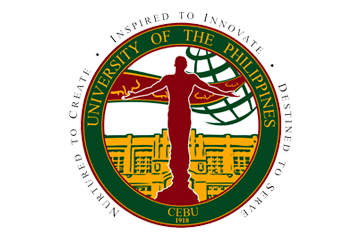Since fire is the most common disaster in the city, the Cebu City Disaster Risk Reduction Management Office (CCDRRMO) will start gathering next year the data it will use for fire hazard mapping.
Chito Patiño of the University of the Philippines (UP) Cebu’s Center for Environmental Informatics, in partnership with the Department of Science and Technology, organized the FireCheck Project, which seeks to identify the fire-prone areas in the city’s urban areas.
CCDRRMO chief Nagiel Bañacia said the data gathering will start next year and will be completed in 2020.
The City will not spend for the initial phase of the project, which includes data gathering.
But if the City decides to expand the project, Bañacia said they will need some P5 million.
“We need to apply technology in firefighting. Through the Firecheck project, we will know the direction of the flames when there is fire. After the firefighting, we will also know how many and who are the victims of the fire because those details will be in the Firecheck Project already,” he said.
Bañacia said fire remains the top disaster in the city.
CCDRRMO personnel will conduct the data gathering in the urban barangays in the city and will submit the data to the UP Cebu Center for Environmental Informatics, which leads the FireCheck Project.
CCDRRMO organized the Disaster Conference Cebu-Resilience and Technology on Tuesday, Dec. 4, where Patiño discussed the FireCheck project, a technology that the City can use for disaster response.
Dr. Alfredo Mahar Lagmay, a professor of the UP Resilience Institute and executive director of Project NOAH, who talked about the overview of hazards and disasters in the Philippines, discussed the need for the City to put up water sensors in watersheds.
The sensors will determine the level of water in watershed areas, Lagmay said.
Bañacia said all the suggestions and recommendations that will come out during the conference will be considered in their disaster preparedness.
Original article: SunStar

